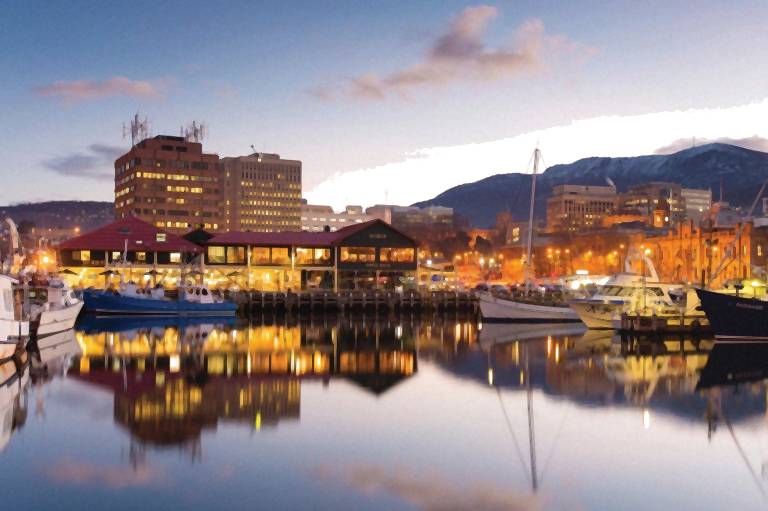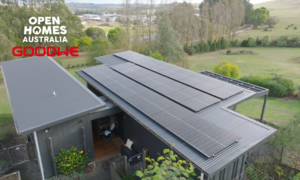As the rest of Australia also makes positive steps towards sustainability, Tasmania has joined the ranks with its very own Draft Sustainable Hobart Action Plan 2020-2025. As a direct response to climate change, 42 projects will span across the next 5 years of developments for the state, all in correlation to the consultation that went forward with the wider community. These engagements were discussed in the Community Vision document back in 2018 as well as the previously published Climate Change Strategy 2013.

The City Innovation Division combined forces to create a strategy that addresses the changes in climate from an intelligent, hyper-locally based and community-centric manner. From cultural wellbeing through to social and economical effects, all aspects are assessed and addressed in this new action plan.
What’s the aim of the Action Plan?
Hobart’s Draft Action Plan aims to progress development and encourage climate action across the city through leadership and public response, all through local steps to make the region more sustainable.
The 43 projects across the next 5 years will focus on six major areas:
- Leadership
- Mobility
- Energy
- Resilience
- Waste
- Governance.
You can view the full list of objectives and focus areas of the plan here.
Tasmania moves ahead with solar household innovations
Meanwhile, the state is also looking to utilise household solar installations across the City of Hobart to reduce pressure on the grid and eliminate carbon emissions further by buying electricity produced from solar residents.
Currently, the minimum baseline for feed-in tariffs in Tasmania for surplus solar exported to the main grid across 2020-2021 is 8.0471 cents/kWh, which is lower than the rate from 2019-20 (9.4 per cent decrease).
However, the City of Hobart says this is still an opportunity to work taking advantage of excess solar power generated by households, especially if there is potential to offer a higher rate than the feed-in tariffs do.
As it stands, Tasmanian rooftops receive an annual amount of 3.8 to 4.4 hours of peak sunlight per day, on average. As this number is higher in summer and lower in winter, the amount does fluctuate, but excess generation still presents the city with an opportunity to tap into a much-needed resource, if the higher rate is offered to homeowners.
State sustainability starts with lessening fossil fuel reliance
Just like all other states, Tasmania needs to move away from its reliance on fossil fuels, especially in terms of management rubbish and landfills without it. Energy consumption also needs to be effectively decreased, while the wider public requires education on the impacts on the environment and how to go about creating a resilient community that’s able to combat climate change appropriately.
Sophie Muller, Director of Tasmania Climate Change Office, said: “It’s fantastic to see the City of Hobart have such a comprehensive plan for action that complements the work of the Tasmanian Government.”











































